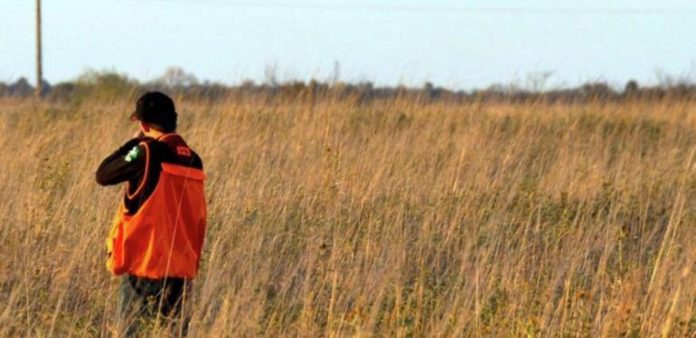SIOUX FALLS, S.D. — Despite a post-pandemic trend away from record-setting interest in outdoor activities, the October
meeting
of the Game, Fish and Parks Commission communicated a positive view of the summer tourism season just ahead of the resident pheasant season opening on Oct. 8.
“I’m highly optimistic that hunters will be quite pleased with what they find,” Game, Fish and Parks Commission Chairman Russel Olson said near the close of the meeting’s second day on Oct. 7. “I think, especially in my area, I’m seeing a lot more birds than we’ve had in the past.”
Unlike surrounding states such as Minnesota, Iowa and Nebraska, there has been no approximate count of pheasants in South Dakota released since 2020, when a joint tourism and GFP commission decided the practice may have been “unintentionally deterring hunters.”
However, commissioners and promotional materials pointed to favorable weather conditions in their predictions of a strong season for hunters.
A spokesperson for GFP told Forum News Service that, “timely rains in late May and June resulted in some relief from drought conditions in primary pheasant range,” adding they also saw “a relatively mild, weather-wise, nesting and brood-rearing season, minus a few localized storm events.”
Data from the state’s Department of Tourism estimates the annual impact of pheasant hunting on the state at more than $287 million, directly supporting around 9,000 jobs.
In an Oct. 7 press release that aligned in timing and message with the GFP meeting, Gov. Kristi Noem applauded the “record-breaking pace” of South Dakota’s tourism industry.
A Department of Tourism spokesperson told Forum News Service that, while National Park visitation has lagged about 1% compared to last year, visitations are up 15% over 2019, the “last normal year of travel” for tourism benchmarks. Spending is also up about 7%, although factoring in inflation may mean the increase in the real rate of spending is negligible.
Tourism officials are hopeful that stagnating prices may push families to enact their postponed summer travel plans during the “shoulder season,” a term for the time between peak travel season and the offseason.
“It has been an incredible year. Visitations are down a little bit, but we’ve weathered the storm of $4 and $5 gas,” GFP Secretary Kevin Robling said during the meeting. “We should be super proud of that. I’m super proud of our parks team and what a great year it has been.”
Despite the optimism, a dip in
license numbers
from residents and non-residents this year means revenue targets for tourism and habitat preservation may fall short. As of Sept. 27, overall resident and non-resident hunting and fishing license purchases are down just over 5% from last year.
Habitat stamp purchases, which
directly fund
wildlife habitat development, are down about 3%.
However, with small game licenses up significantly among residents and slightly up among non-residents, Director of Wildlife Tom Kirshchenmann thinks the department can make up for any differences with the annual surge of small game licenses over the coming weeks.
“When we talk about licensed sales, we talk about hunting. It’s Christmas time of the year for our pheasant hunters. For both residents and non-residents, this is always an exciting time of the year,” Kirshchenmann said. “We’re going to see a major uptick over the next two or three weeks here.”
A breakdown of advertising spending based on target audiences and markets.
Courtesy Game, Fish and Parks Commission
Communications Manager Nick Harrington attributed part of the bump in small game purchases to GFP’s targeted marketing strategy. In online marketing, Harrington says his team used audience information to tailor advertisements to focus demographic groups. In August 2020, GFP discontinued its annual roadside pheasant brood survey and instead focused its
attention on pheasant marketing.
“The marketing attracts pheasant hunters. They’re going to purchase licenses, they’re going to buy habitat stamps, they’re going to buy their small game licenses. Those are then going to go to enhance habitat and access improvements,” Harrington said. “It’s a constant cycle.”
Jason Harward is a
Report for America
corps reporter who writes about state politics in South Dakota. Contact him at
605-301-0496
or
jharward@forumcomm.com.













